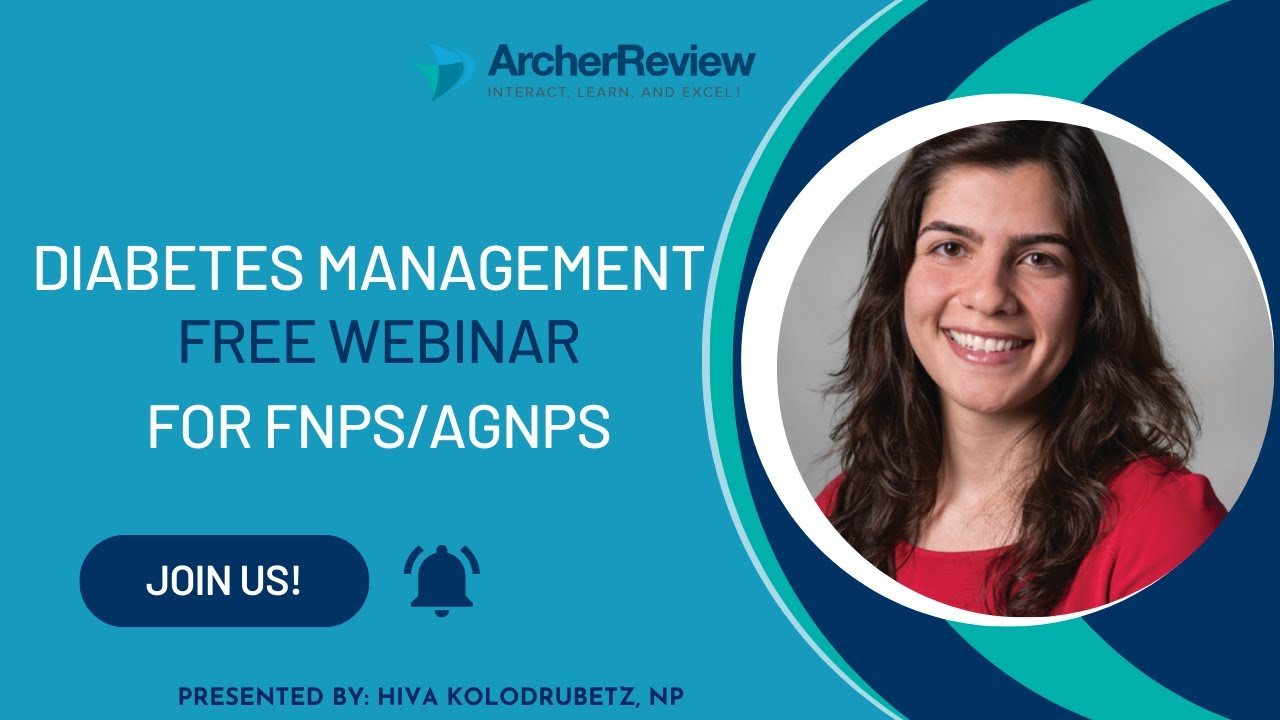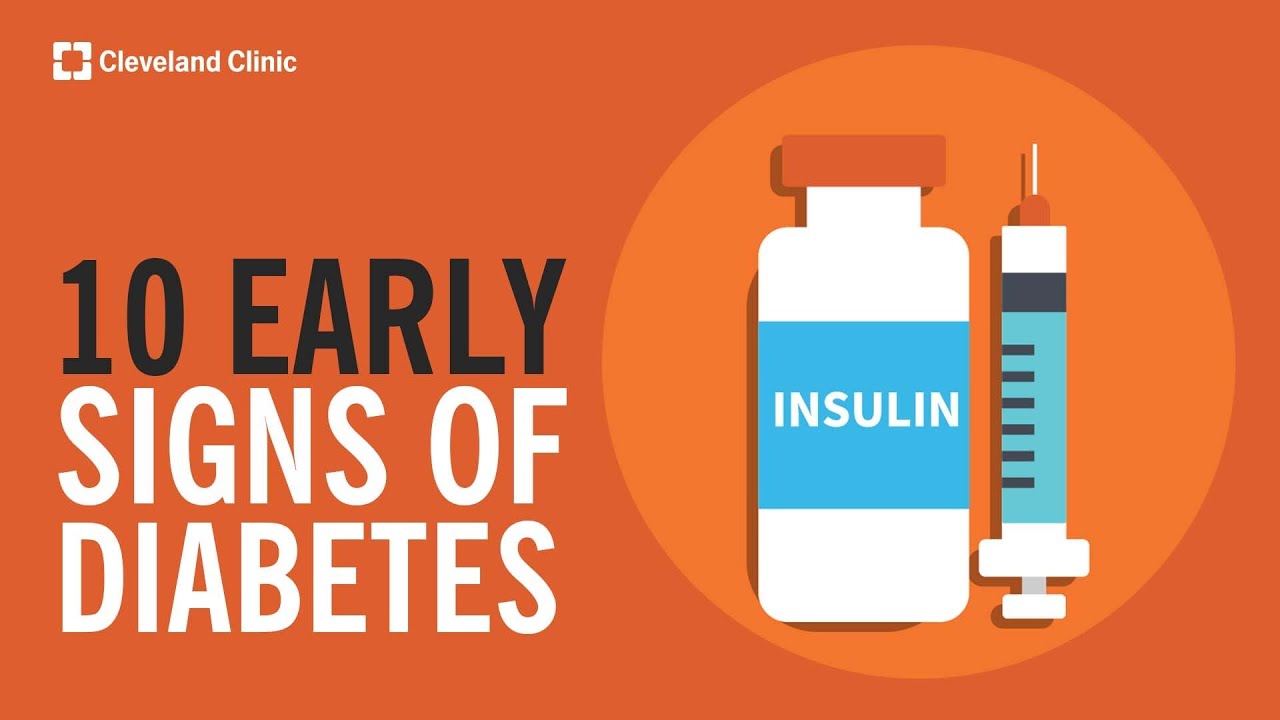The Diabetes Channel
NEW YORK (Reuters Health) – Long-term improvement in glycemic control seen with real-time continuous glucose monitoring (CGM) is similar whether used in a patient self-management protocol or in a physician-driven manner, a multicenter French team reports in Diabetes Care online March 28.
However, “Since the physician-driven group used 34% fewer sensors, this strategy appears cost effective,” the authors comment.
Dr. Jean-Pierre Riveline, at the Centre Hospitalier Sud Francilien, Corbeil-Essonnes, and colleagues point out that the value of CGM in lowering HbA1c in patients with type 1 diabetes has been demonstrated in relatively short-term trials that involved close monitoring by investigators. Whether those results apply over the longer term in common clinical practice is unclear.
They therefore studied two approaches to CGS use in 197 patients with poorly controlled type 1 diabetes. After appropriate education, they were assigned to one of three groups.
“In group 1, use of the CGM device was managed entirely by the patients themselves,” who were advised to use the device throughout the study, the authors explain. In the second group, participants were was instructed by their physician to use the sensor for 14 days per month initially, and then more often if needed to manage HbA1c or hypoglycemia. A third group continued standard home glucose monitoring and served as controls.
After 1 year, 178 patients were available for full analysis. Compared to the control group, HbA1c declined significantly more in the patient self-management CGM group (-0.50%; p=0.0006) and the physician-driven CGM group (-0.45%; p=0.0018), the investigators report.
After adjusting for age and prior history, the frequency of severe hypoglycemic episodes did not differ among groups, the report indicates.
Actual sensor use in the CGM groups averaged 3.42 per month in the patient-initiated group and 2.25 per month in the physician-driven group, representing compliance with prescribed sensor-use time of 57% and 65% in the two groups, respectively.
Discussing the results, Dr. Riveline and colleagues observe that previous studies suggest that CGM devices must be worn as much as possible to confer significant benefit. “However, sensors are relatively cumbersome, invasive, and expensive. Our observations suggest that the initial prescription of CGM 15 days/month, followed by an incremental use if needed, may be more agreeable and, finally, cost effective.”
Overall, they conclude, “The step-by-step approach to prescription of sensor use seems to be more economical than patient-led prescription.”
SOURCE:
Assessment of Patient-Led or Physician-Driven Continuous Glucose Monitoring in Patients With Poorly Controlled Type 1 Diabetes Using Basal-Bolus Insulin Regimens
Diabetes Care 2012.








